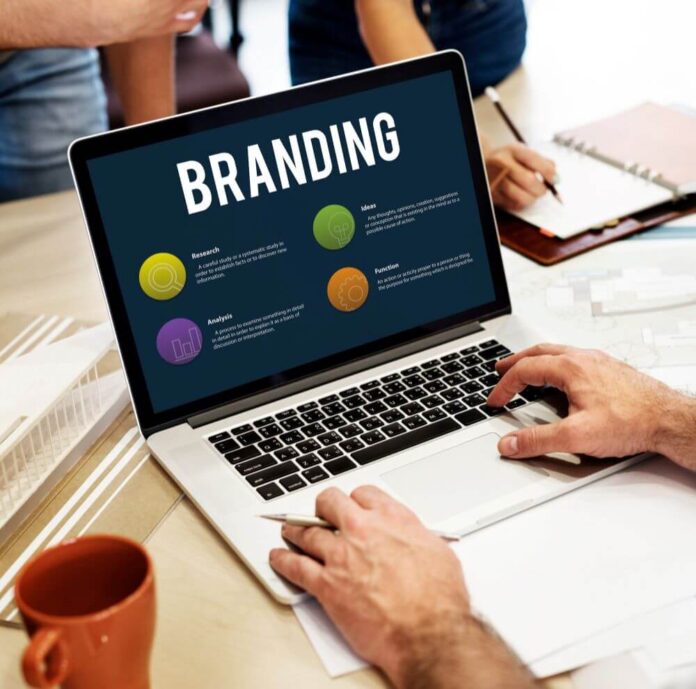In today’s fast-paced, image-driven world, first impressions matter more than ever. Whether it’s a sleek logo, a carefully chosen colour palette, or the way your marketing materials look and feel, visual branding is the heartbeat of a strong business identity. It’s the visual language that communicates who you are before a single word is spoken, and when done right, it leaves a lasting mark on your audience.
Why Visual Branding Matters
Visual branding is more than just design; it’s storytelling through imagery. Every element from typography to layout works together to evoke emotion, convey values, and build trust. When people see consistent visuals across your website, social media, packaging, and print materials, they begin to associate those visuals with your company’s reputation and personality.
Think of brands like Apple, Coca-Cola, or Nike. You can spot their advertisements from across a room without seeing their names. That’s the power of visual branding. It creates recognition, reinforces credibility, and fosters emotional connections that turn casual customers into loyal advocates.
Building Consistency and Trust
Consistency is the golden rule of visual branding. Using the same colours, logo, and design elements across all platforms helps create a unified experience for your audience. This visual cohesion builds familiarity, and familiarity breeds trust.
Imagine visiting a company’s Instagram page, website, and store, only to find each one looks completely different. It would feel confusing and unprofessional, right? A cohesive visual identity not only boosts credibility but also makes your brand look polished and reliable. People are naturally drawn to what feels trustworthy and well-presented.
The Psychology of Colour and Design
Colours and shapes aren’t just aesthetic choices, they influence perception. Blue often conveys trust and reliability, red ignites passion and energy, while green suggests growth and calm. The fonts and imagery you choose also send subtle cues about your brand’s personality. Serif fonts can suggest tradition and authority, while sans-serif fonts often feel modern and approachable.
By understanding these psychological cues, businesses can design visuals that align with their values and appeal to their ideal audience. It’s about creating visual harmony that feels both authentic and memorable.
Making Your Brand Tangible
While digital presence is vital, tangible brand experiences still hold incredible power. Business cards, packaging, and signage bring your brand into the real world. High-quality printed materials show that you care about detail and presentation, and that care reflects how you approach your work.
In particular, foil business cards play a vital role in visual branding, as they project professionalism and sophistication that digital interactions can’t replicate. The reflective finish catches the eye and leaves a tactile impression, turning a simple exchange into a memorable brand moment.
Evolving with Purpose
Visual branding isn’t static, it should evolve as your business grows. Rebranding or refreshing your visuals can signal innovation and keep your image relevant in changing markets. The key is to maintain your brand’s essence while adapting to new design trends or audience expectations. A thoughtful evolution keeps your business looking current without losing the recognition you’ve built.
In Conclusion
Visual branding is one of the most powerful tools a business can invest in. It defines how your audience perceives you, sets you apart from competitors, and creates emotional connections that drive loyalty. Whether you’re a start-up building your identity or an established brand refreshing your look, remember: your visuals are more than decoration… they’re your story, personality, and promise to the world.
